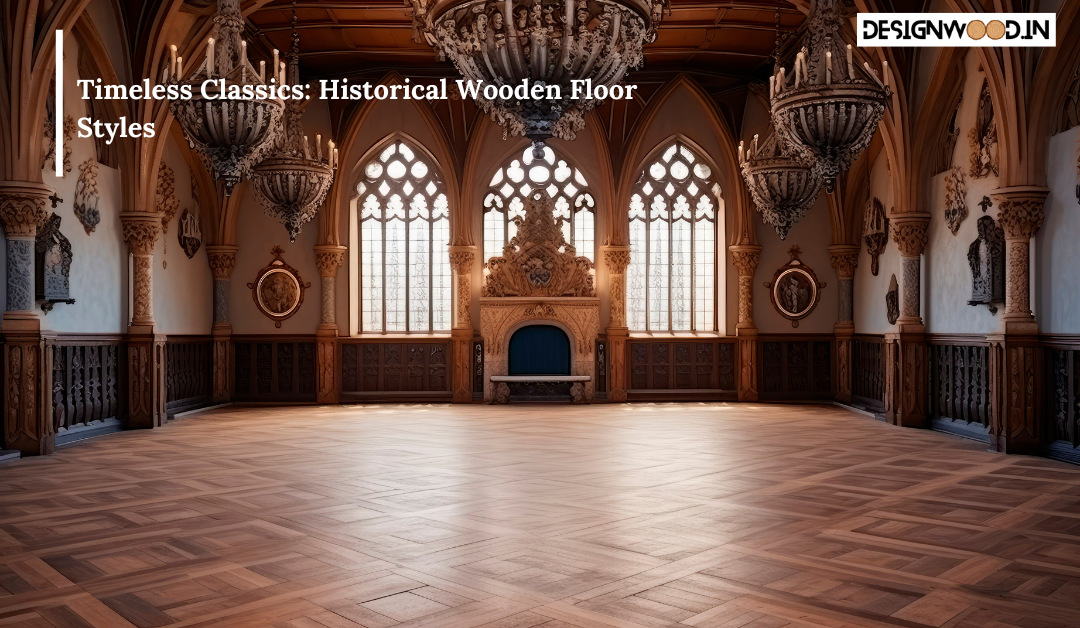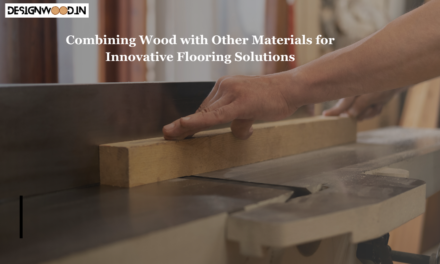Wooden floors have been a staple of interior design for centuries, adding warmth, elegance, and character to homes and buildings. Throughout history, various styles of wooden floors have emerged, each reflecting the craftsmanship and cultural influences of its time. Let’s delve into two timeless classics: Parquet and Herringbone flooring floor styles.
Parquet: A Symphonic Tapestry of Wood
Origins and Evolution
Parquet flooring traces its origins back to 16th-century France, where it adorned the grandeur of Versailles Palace. Initially crafted from small, intricately cut pieces of wood, parquet floors were a symbol of luxury and sophistication, reserved for nobility and aristocracy. Over time, the artistry of parquet evolved, spreading across Europe and beyond, and becoming a hallmark of elegant interior design.
Design and Patterns
One of the defining features of parquet flooring is its geometric patterns. From classic herringbone to intricate basket weave and chevron designs, parquet floors offer a symphonic tapestry of wood that can complement any interior style. The beauty of parquet lies in its versatility, allowing for endless combinations of wood species, colors, and patterns to suit diverse aesthetic preferences.
Craftsmanship and Durability
Crafting parquet flooring requires precision and skill, with each piece carefully cut and laid to create seamless patterns. While traditional parquet floors were labor-intensive to install, modern techniques have streamlined the process without compromising on quality. Engineered wood and pre-finished parquet tiles offer durability and stability, making them suitable for both residential and commercial spaces.
Herringbone: Timeless Elegance in Zigzag
Historical Significance
Herringbone flooring has a rich history dating back to ancient Roman times, when it was used in the construction of roads and aqueducts. The distinctive zigzag pattern of herringbone became synonymous with strength and stability, leading to its adaptation in architectural and interior design. During the Renaissance era, herringbone floors adorned the halls of palaces and manor houses, embodying timeless elegance and sophistication.
Iconic Design
The hallmark of herringbone flooring is its angular arrangement of rectangular planks, creating a visually striking pattern that enhances the beauty of natural wood. Whether crafted from oak, maple, or walnut, herringbone floors exude warmth and character, adding a touch of luxury to any space. The versatility of herringbone extends beyond traditional hardwood flooring, with options for engineered wood and laminate flooring that replicate the classic design.
Contemporary Appeal
While herringbone flooring has roots in antiquity, its timeless appeal continues to captivate modern homeowners and designers. The versatility of herringbone allows it to seamlessly integrate into both traditional and contemporary interiors, serving as a focal point or subtle accent depending on the desired aesthetic. With a range of finishes and textures available, herringbone floors offer endless possibilities for customization, making them a popular choice for discerning clientele.
Conclusion
In the world of interior design, wooden floors remain a timeless classic, transcending trends and fads. Parquet and herringbone flooring styles exemplify the beauty of craftsmanship and the enduring allure of natural materials. Whether adorning the halls of historic landmarks or gracing the floors of modern homes, these iconic wooden floor styles continue to evoke a sense of elegance, sophistication, and timeless charm.





